SONY SEL 1018 f4 OSS vs Nikkor 14-24 f2.8G ED AF-S Rolling Review Part IV
Nikkor 14-24 f2.8G ED AF-S is currently probably the best UWA zoom lens on the market. It has few more records though. It is the biggest, heaviest and most expensive one too.
They have in common one thing. If Sony will be a full frame lens, their zoom range would be approximately the same. (Sony SEL 1018 f4 OSS zoom range on APS-C correspond to 15-24mm on a FF in terms of FOV). On the NEX, I can compare only 14-18 range.
Because, this is not meant to be a review of Nikkor (there are many great ones on the web already), let me just show you how this beast look in comparison to SEL 1018 f4 OSS.
If the size didn’t discourage you to read further, weight might do so. 1000 vs 225 grams. (I guess you know which is which). But that is not all, add to that another approx. 100 grams for the Nikon G to NEX adapter. With the adapter, size difference is larger too.
Weight is one reason, why no one should seriously consider to use this Nikkor on the NEX. I don’t know how much weight can NEX mount survive, but I was scared when making my tests that it will broke. There is no tripod collar on Nikkor, and I don’t have the adapter with the one (maybe there are some), so NEX had to hold all that weight when mounted on the tripod. Well done Sony, it did survive.
Using it hand held is better idea, as you can hold the lens with the left hand instead of the body. But you will need serious bag to carry this combo anyway.
There might be however one reason, to occasionally mount it on the NEX though. If you want to pick some attention among people and your fellow photographers. Making my tests, I walked with it in a crowdy tourist area for a while, and most of people just moved away, when they saw me, having no doubts that I am a pro. This combo looks serious 🙂
My Nikon G to NEX adapter has a small ring (that zebra part) to close the aperture on Nikon G lenses. For some reason, it clicks in the middle, making it hard to adjust apertures between f5.6 and f8. Actually you don’t know which aperture is set, you can only guess, but I used two methods to determine it.
a) I start with the fully open aperture and then stop it down, by splitting exposure time in a half. That way, I can tell, at which aperture (or very close) I am.
b) I first used Sony lens and then, tried to match same exposure values on Nikkor. (That works only if light does not change.)
It would be nice to have something like Metabones Smart adapter for Canon EF lenses to NEX, that allow full control of the aperture from the body, register the right focal length, engage IS (on the IS lenses) and with a last firmware even allow (very slow) AF. But, I am afraid there is nothing like that for Nikon G lenses.
So how about a wall test?
No, not this time. Reviews should be also fun, and as I said, I doubt anyone will use this combo anyway, so you can check for the “wall” shots of the SEL 1018 f4 OSS in the previous parts of the review.
Test image 1: (Tripod, 10s delay shutter (it was quite dark), ISO 100, MF on both, three shots at each setting, selected the sharpest one. RAW developed in LR 4.2 with a standard settings (sharpness – amount 25, radius 1, detail 25) and noise reduction (luminance 0, color 25, detail 50), transfered to PS 5, composed, resized and exported for the web, without any other adjustments. The difference in composition is caused by the size of the lenses)
 |
| Sony NEX 7 + Nikkor 14-24 f2.8 G ED AF-S at 14mm and f8. Daylight, shade, close to sunset. |
Here are the results at 14mm and f8
 |
| Sony SEL 1018 f4 OSS (left) vs Nikkor 14-24 f2.8G ED AF-S (right) at 14mm and f8 |
You should click on the image and open full size, to see the differences. IMO, Nikkor is slightly better in terms of resolution, at all areas. Is it field relevant better?
I don’t think so.
This is really great performance from Sony. What tougher competitor I can put him against (speaking about zoom lenses)? Of course, using MF on Nikkor, I could get focus slightly off, rather cheap adapter, can cause some uneven sharpness across the frame, Nikkor is designed for full frame cameras etc. but my intention is not to see which lens is best in absolute terms. I wanted to see, which of the two – performs better on NEX 7.
And NEX 7 is not forgiving camera. Its sensor pixel density is even higher than the one on my Nikon D800E, so, considering all – fantastic result. Remember, no additional sharpening is applied, final output result can be much better.
(In the bottom corners is some ice, it is not smearing. It was freaking cold actually).
Looking to the original files, I noticed that, while Nikkor shows typical barrel distortion, Sony shows rather slight pincushion one at this FL.
One more thing to note – light felt quickly during this test and Nikkor was tested first. Therefore Nikkor seems to render slightly warmer colors, but in reality is other way around. In most shots that I took with both lenses, Nikkor tends to be a bit colder, involving more green, while Sony gets somewhat wormer, with more magenta and reds. You might see this in other samples…
Test image 2
 |
| Sony NEX 7 + Sony SEL 1018 f4 OSS at 16mm and f8. Daylight cloudy. |
Here are the results at 16mm and f8
 |
| Sony SEL 1018 f4 OSS (left) vs Nikkor 14-24 f2.8G ED AF-S (right) at 16mm and f8 |
In this example, Nikkor shows its power. Being designed for the full frame, on APS-C, only best part of the image projection is used, and that is visible in the corner performance. It is also visible that Nikkor corrects better for the CA (Top Right corner) but that is easy to correct in LR 4.2
Well, I would be surprised if Nikkor doesn’t come out as a winner in this duel.
In this particular case, corner performance might be relevant for the big prints, but Sony SEL 1018 is not that bad in fact. There are only few lenses, that will beat it in this kind of scene and at this FL.
So far, I also noticed that surprisingly 16mm seems to be weakest FL on my sample of SEL 1018.
We all know, that there is much more than a sharpness, and if Nikkor has any weakness, it is certainly flare resistance. Despite fancy “Nano” coating, its front bulb element can pick nasty flares, even if sun is far away. Many landscape shots, especially sun rises or sun sets are nice with the sun in the frame. That is usually no, no, for the Nikkor…
Flare Resistance
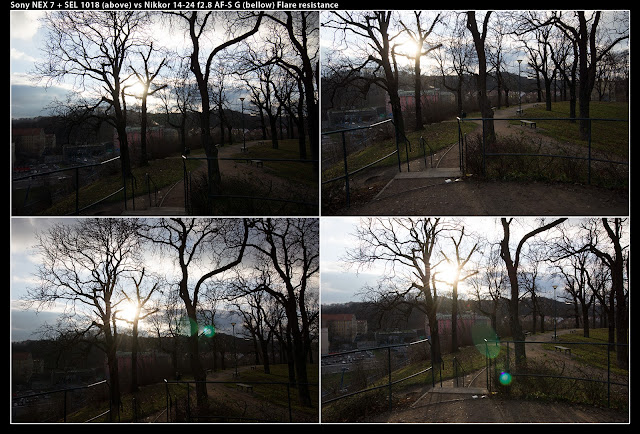 |
| Sony NEX 7 + Sony SEL 1018 f4 OSS (above) vs Nikkor 14-24 f2.8G ED AF-S (bellow) at 18mm and f7.1 respectively f8 (on Nikkor) Flare resistance. |
How’s about that?
In the defense of the Nikkor, I learned to work with it in most situations, but I have to watch carefully for the flares, and sometimes I have to compromise the composition slightly. Here are two examples where I managed to get the sun in frame without flares.
 |
| Nikon D800E + Nikkor 14-24 f2.8G ED AF-S at 14mm, ISO 100 and f8 |
 |
| Nikon D800E + Nikkor 14-24 f2.8G ED AF-S at 24mm, ISO 200 and f8 |
With Sony SEL 1018 f4 OSS you can get some nasty flares too, especially when light comes from the extreme angle, despite lens hood being mounted (I will show those examples in the last part of my rolling review, that should be shortly published), but overall, as you can see from comparable samples, it handles flare much better than Nikkor.
There is also filter issue. While on SEL 1018 f4 OSS you can mount polarizer or ND filters without a problem (filter thread is 62 mm), it is a real pain in terms of handling and price, if you want to mount filters on Nikkor. There are some solution from Fotodiox and few others, that should allow even polarizer to be mounted in front, but I am not sure I would like to see those results. Circular polarizing filters are anyway problematic on a UWA FL, but ND filters are necessity for landscape photographers. I have a LEE set for Nikkor, but it works with a huge 150 x 170mm !!! resins, and it cost accordingly.
Back to the tests. Here is the comparison at 18mm.
Test image 3
 |
| Sony NEX 7 + Nikkor 14-24G ED AF-S at 18mm and f8. Partially cloudy, late afternoon. |
Here are the results at 18mm and f8
 |
| Sony SEL 1018 f4 OSS (left) vs Nikkor 14-24 f2.8G ED AF-S (right) at 18mm and f8 |
Results of this test are very similar to those from the test Image 1. Nikkor might resolve a bit more, but not that much to make it field relevant. There is smog and atmospheric haze, in those shots, so please take that into consideration.
The same scene at 14mm and f8 but another format for viewing.
Sony SEL 1018 at 14mm and f8
 |
| Sony NEX 7 + SEL 1018 f4 OSS at 14mm and f8. Partially cloudy, late afternoon. |
Nikkor 14-24 at 14mm and f8
 |
| Sony NEX 7 + Nikkor 14-24 f2.8G ED AF-S at 18mm and f8. Partially cloudy, late afternoon. |
Coming to the end… It was longer post than I planned. What it is good for?
Well, as written in the beginning, I didn’t want to compare two lenses in absolute terms.
I was curious to see, how SEL 1018 can stand against such a tough competitor. In my opinion, it stands very well, and as time using it passes, I am very close to give my strong recommendation for it, in combination with such a demanding camera as NEX 7 today is. But I will publish my summary and final word, hopefully soon, in the last part of the review.
There is no doubt that Nikkor is optically better lens (apart of the flare resistance).
I expected that. I didn’t expect however, that the margin will be so small.
As per conclusion, no, Nikkor is not made for NEX and seriously, there is nothing much to get, using it instead of SEL 1018 f4 OSS. Huge and heavy, twice as expensive, no AF, no in camera aperture control, no OSS, no filters, rather small improvement in terms of the resolution = no reasons to consider it.
But, how will they compare as a systems for the landscape use? This is a different story, and post that I am thinking of. I hope, that I will be able to come with it soon, using Canon 5D MII with Samyang 14 f2.8, and Canon TS-E 17 f4 L, (maybe also Zeiss 21 f2.8 ZE), Nikon D800E with Nikkor 14-24 f2.8G ED AF-S and Sony NEX 7 with SEL 1018 f4 OSS. (maybe also Sigma 19)
There are lot of pro and cons for each of the system.
Apart of lot of time that such review will cost me, I have also to think about proper methodology, so that results, does have some weight. Good start is to say, that systems will be tested only for the landscape purpose, so no wide open performances, close distances and flat walls. No test charts either.
If you come here reading my review, first – thank you, second – you deserve some fun and reward…
If you are able to be the first, to solve the mystery – what and how were used for the following shot? you will get from me either:
a) Carl Zeiss Tevidon 35mm f1.9, in a bad condition and with the aperture taken off, so it can be used only wide open. But this is exceptional and rare lens even so, and it can be used on NEX with C-mount adapter. Being wide open without aperture, it would be nice lens to have for some fancy video work.
or
b) 5 beers in the pub, if you ever come to Prague and give me a call.
Here is the shot, so give it your best guess…
 |
| Mysterious shot 🙂 |
Post your comments starting with – Mysterious shot… and good luck. (Only posts linked to this review and posted here, will be considered, and only the first one to come with a full answer, will be rewarded. (Well, if you choose the beer, I might live with a few rewards :-))
Links to the other parts of the review:
Part I – Initial Impression:
http://www.verybiglobo.com/?p=61
Part II – SEL 1018 f4 OSS vs SEL 16 f2.8:
http://www.verybiglobo.com/?p=60
Part III – SEL 1018 f4 vs Sigma 19 f2.8 E:
http://www.verybiglobo.com/?p=59
Part V – SEL 1018 f4 OSS – Final Word
http://www.verybiglobo.com/?p=56



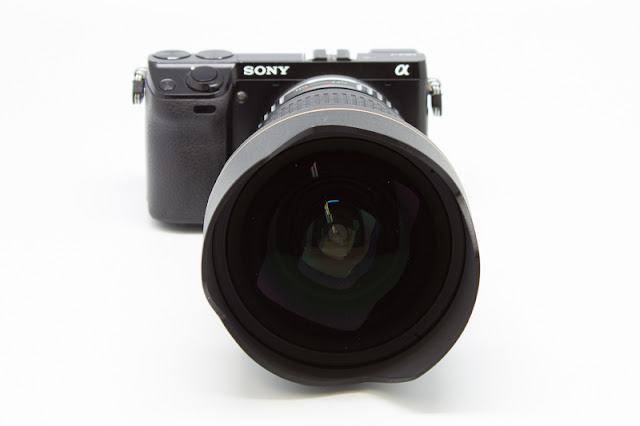
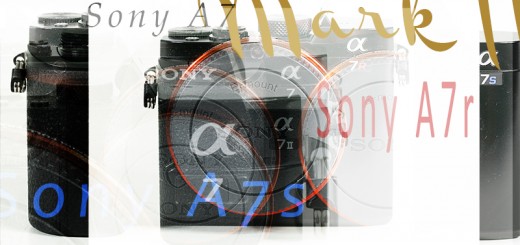
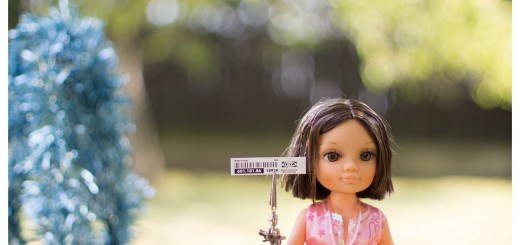
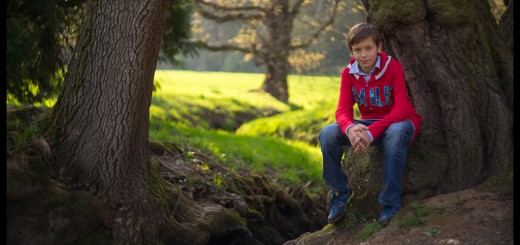











Mysterious shot is with Sony 10-18mm 🙂
Yes and no, it’s not that easy 🙂
for some reason or other, the I-st image: “Sony SEL 1018 f4 OSS (left) vs Nikkor 14-24 f2.8G ED AF-S (right) at 14mm and f8” doesn’t allow to see it at enlarger version 🙁 !!
I don’t know why, so I enlarged it to its original size.
I think it is done with the old Kitzoom 18-55, maybe at 18mm and F 9
Nope, no kit lens.
Mysterious shot is a stitched pano
That’s not the full answer, but you are close.
Mysterious shot is a stitched pano with both lenses?
By the way great review, thanks
best holiday wishes to you
Ivar
You are very close, but still not the right anwer. Thank you for including at least your first name, as I can only ship to the name in the post. Otherwise, I can’t be sure that the winner is the right person.
Thanks.
Useful articles – thanks for your efforts.
Mystery image:
Stitches from several shifted images from the 17 TSE?
Rich@richthompson.co.uk
Mystery image is stiched, but TS-E was not used. All you have to do now is to find out which lenses were used and which one is what part of the image. Please, be sure to include your name in the answer, as I can ship only to that name later. Otherwise I can’t know who is the winner.
Thanks.
Mystery image is:
Stitched with Sony SEL 1018 on the left and Nikkor 14-24 on the left. Both lenses were at ~18mm, although the final crop is slightly smaller. Camera was in portrait orientation OR pictures were stitched vertically to improve corner performance.
Thanks for the article.
Thad Waldner
Correction: Nikkor 14-24 on the RIGHT
Very close, but still not there 🙂
More hints please!
Question: Test image three is labeled as the Sony lens, yet when I open it, the title becomes Nikkor. Which is it?
Hi Thaddeus, thanks for the note. It is probably Nikkor, so I will rewrite it in the description. However, it is there only to show, how the scene looked like, so it does not have any real relevance to the tests.
More hints… Hm… You are so close, that If I say almost anything, it will be easy to come with a right answer. And someone can do it sooner than you.
Let’s try this – Sweeden is famous by many things, but one of them has to do something with a number. Think of that number 🙂
Thanks for taking the time to put this together. This exactly the type of crazy comparison I’ve been looking for! Thank you 🙂
This is the defished and cropped samyang 7.5 😉
Great review !
Christian